Nestled in the embrace of Telangana, India, the Kawal Tiger Reserve emerges as a haven of untamed landscapes and diverse biodiversity. This sanctuary, located in the northern part of the state, beckons wildlife enthusiasts and nature lovers to embark on a journey through its varied ecosystems. In this article, we will unravel the historical tapestry, the intricate dance of flora and fauna, and the immersive experiences that await those seeking a connection with nature in this hidden gem.
What is Kawal Tiger Reserve Famous For?
Kawal Tiger Reserve is celebrated for its critical role in tiger conservation and its unique blend of dry deciduous forests and grasslands. Beyond its fame as a tiger habitat, the reserve boasts a rich diversity of wildlife, from Indian bisons and spotted deer to a myriad of bird species. The varied landscapes, from dense woodlands to open meadows, position Kawal as a vital refuge for biodiversity in Telangana.
History of Kawal Tiger Reserve
The historical roots of Kawal Tiger Reserve are intertwined with the region’s cultural and ecological significance. The reserve’s establishment reflects Telangana’s commitment to preserving its natural heritage and providing a secure habitat for endangered species. Kawal stands as a testament to the state’s dedication to wildlife conservation.
Conservation Heritage
Kawal Tiger Reserve is part of the broader conservation initiatives in Telangana aimed at protecting the Eastern Ghats and ensuring the survival of endangered species. The reserve’s inclusion in the Project Tiger program underscores its commitment to tiger conservation and the preservation of the region’s ecological balance.
Flora at Kawal Tiger Reserve
Entering Kawal Tiger Reserve immerses visitors in a vibrant tapestry of flora. The reserve’s landscapes showcase a variety of vegetation types, from dry deciduous forests to expansive grasslands. The lush greenery and unique plant species contribute to the enchantment of Kawal’s natural beauty.
Dry Deciduous Forests
Kawal is characterized by dry deciduous forests, featuring a mix of teak, bamboo, and other tree species. These forests create a mosaic of habitats that support a variety of wildlife, from large mammals to smaller reptiles and birds. The changing foliage throughout the seasons adds to the visual appeal of the reserve.
Grasslands
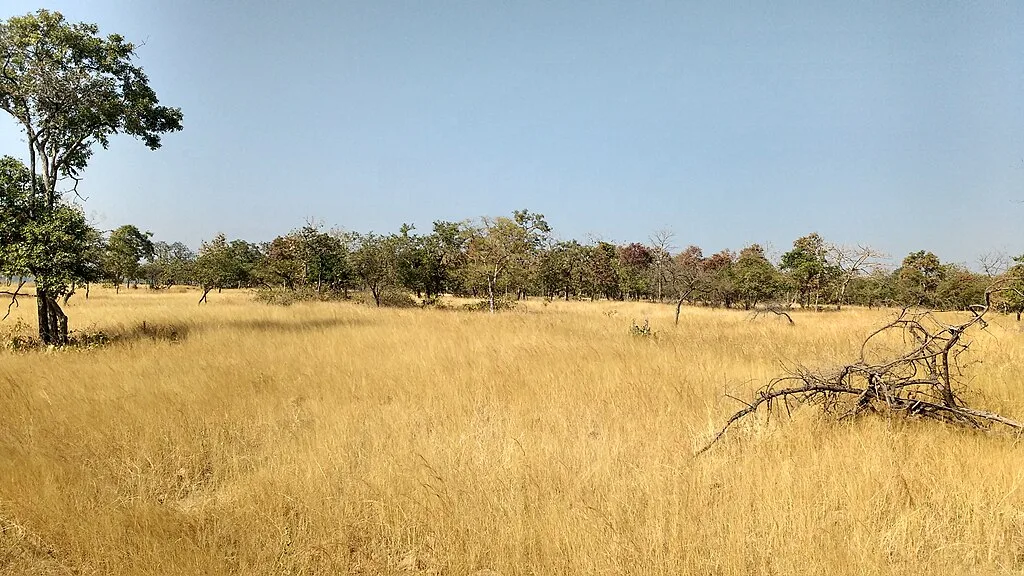
The open grasslands within Kawal offer a different dimension to the reserve’s landscapes. These meadows provide grazing grounds for herbivores and serve as vital corridors for wildlife movement. The juxtaposition of dense forests and expansive grasslands enhances the overall biodiversity of Kawal.
Fauna at Kawal Tiger Reserve
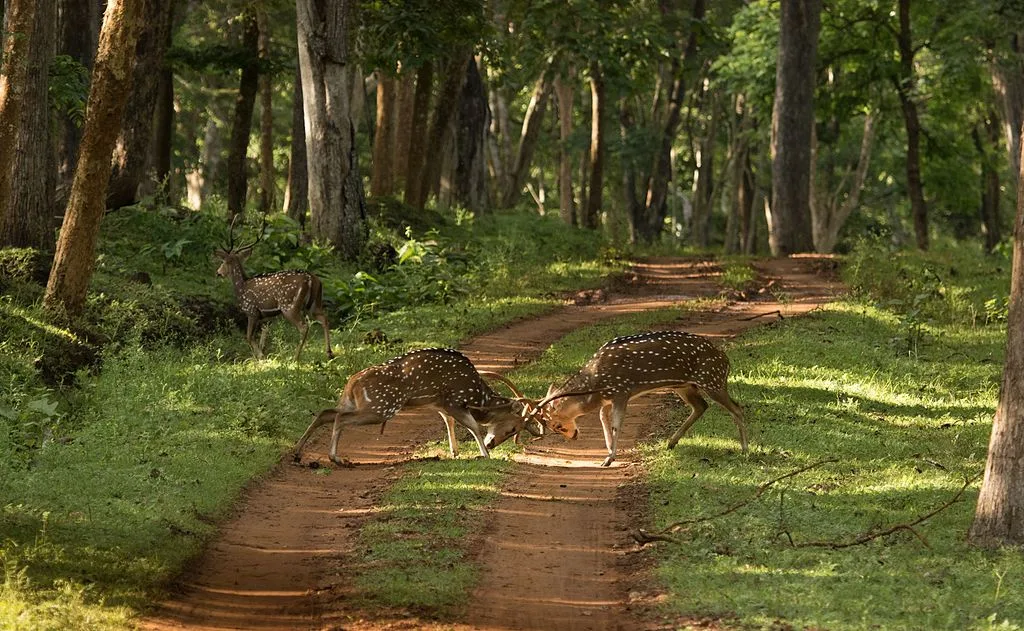
The real allure of Kawal reveals itself as one encounters its diverse fauna. While the Bengal tiger is the flagship species, the reserve is also home to leopards, sloth bears, various deer species, and a plethora of birdlife. The varied habitats within the reserve contribute to a rich biodiversity that captures the essence of the Eastern Ghats.
Bengal Tiger
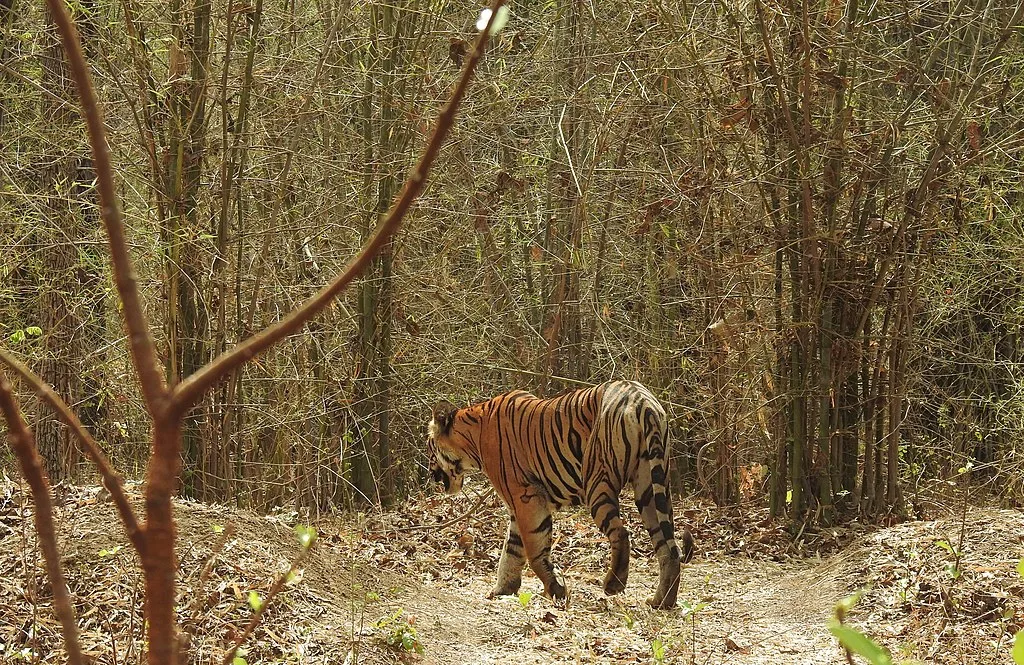
Kawal Tiger Reserve is a vital habitat for the Bengal tiger, a majestic and endangered species. The reserve’s commitment to tiger conservation includes habitat preservation, anti-poaching measures, and community engagement. As a result, Kawal plays a crucial role in the conservation efforts for this iconic big cat.
Leopards and Sloth Bears
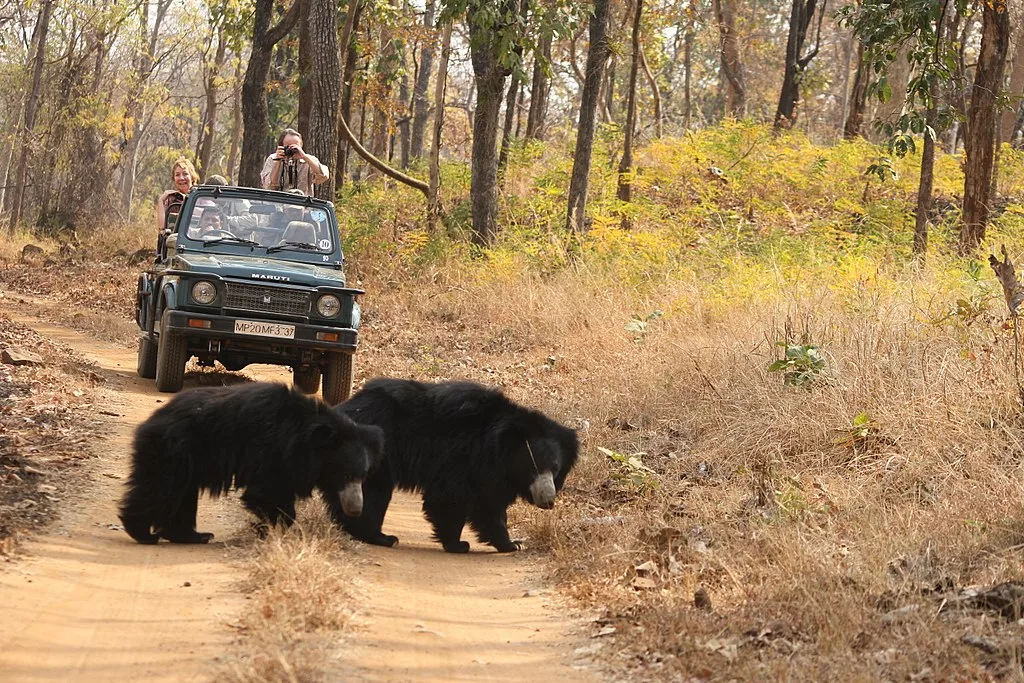
Apart from tigers, Kawal is home to Indian leopards, adding to the feline diversity within the reserve. Sloth bears, with their distinctive appearance and behavior, roam through the forests, contributing to the overall charm of Kawal. Observing these elusive species in their natural habitat is a highlight for wildlife enthusiasts.
Avian Diversity
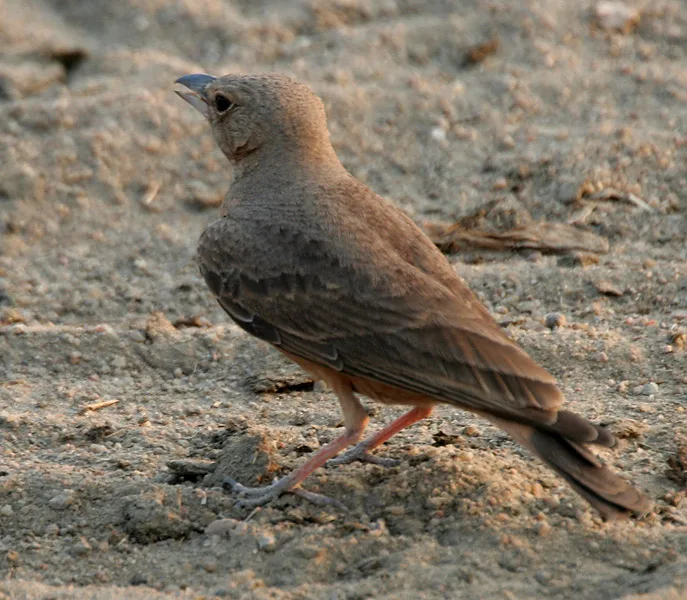
Kawal Tiger Reserve boasts a rich avian diversity, with numerous bird species gracing its skies and woodlands. The varied habitats, including forests, grasslands, and water bodies, create ideal conditions for both resident and migratory birds. Bird watchers can delight in the opportunity to spot and observe the reserve’s feathered residents.
Safari Experience at Kawal Tiger Reserve
Embarking on a safari in Kawal Tiger Reserve is a journey into the heart of the Eastern Ghats. The reserve offers both jeep safaris and guided nature walks, allowing visitors to explore its diverse landscapes and observe wildlife in their natural habitat. Knowledgeable guides share insights into the park’s ecology, ensuring a rich and informative safari experience.
Jeep Safaris
Jeep safaris in Kawal offer a comfortable and immersive way to explore the reserve’s interior. The dense woodlands, grasslands, and water bodies provide varied settings for wildlife sightings. The Bengal tiger, leopards, sloth bears, and diverse bird species are among the many highlights that visitors may encounter during a safari.
Guided Nature Walks
For those seeking a closer connection with nature, guided nature walks offer a more intimate exploration of Kawal. Trained naturalists lead visitors through designated trails, sharing information about the park’s flora, fauna, and ecological processes. Walking through the teak forests and listening to the sounds of the wild enhances the sensory experience of being in Kawal.
How to Reach Kawal Tiger Reserve
Nearest Airport and Railway Station
For those planning a visit, Rajiv Gandhi International Airport in Hyderabad serves as the nearest air gateway. The reserve is accessible by road from the airport, providing a scenic journey through the Telangana countryside. Additionally, the nearest railway station is in Adilabad, offering rail connectivity for visitors traveling by train.
Road Connectivity
Kawal Tiger Reserve is well-connected by road,
allowing access from various parts of Telangana. The reserve’s entry points, including Jannaram and Khanapur, serve as gateways for visitors. Public and private transport options ensure a comfortable and scenic journey to the heart of the reserve.
Accommodation Options
To enhance the Kawal experience, visitors can find accommodation options within and around the reserve. The Telangana Forest Development Corporation offers comfortable lodges, providing an opportunity to stay in proximity to nature. It’s advisable to check availability and make reservations in advance, especially during peak wildlife viewing seasons.
Best Time to Visit Kawal Tiger Reserve
The optimal time to visit Kawal Tiger Reserve depends on personal preferences and interests. However, the post-monsoon and winter months are generally considered favorable for wildlife sightings and outdoor activities.
Post-Monsoon Season (October to March)
The post-monsoon season marks the beginning of the tourist season at Kawal Tiger Reserve. The weather is mild, and the reserve comes alive with lush greenery. This period is ideal for jeep safaris, nature walks, and exploring the reserve’s diverse habitats.
Winter Season (November to February)
The winter months bring a pleasant chill to the air, making it an enjoyable time to explore Kawal. The reduced foliage enhances visibility, increasing the chances of wildlife sightings. The open grasslands and woodlands provide a unique landscape for photography and offer a clear view of the surrounding Eastern Ghats.
Things to Do at Kawal Tiger Reserve
Beyond safari experiences, Kawal Tiger Reserve offers a range of activities to engage visitors and provide a deeper understanding of its diverse ecosystems.
Bird Watching
Kawal is a paradise for bird watchers, with its varied habitats supporting a diverse avian population. Binoculars and bird identification guides become essential tools as visitors attempt to spot and document the vibrant plumage and unique behaviors of the reserve’s feathered inhabitants.
Interpretation Centers
Interpretation centers within the reserve provide educational resources and exhibits about Kawal’s ecology and conservation efforts. Visitors can gain insights into the park’s history, wildlife, and the ongoing initiatives to protect its natural heritage.
Tribal Cultural Interaction
Engaging with local tribal communities offers visitors a cultural perspective on life in the region. Tribal communities within and around Kawal have a rich cultural heritage, and interactions provide an opportunity to learn about their traditions, art forms, and sustainable practices.
Conservation Workshops
Kawal Tiger Reserve occasionally conducts conservation workshops and awareness programs. These initiatives aim to educate visitors about the importance of wildlife conservation, sustainable tourism practices, and the role of individuals in preserving the natural environment.
Interesting Trivia about Kawal Tiger Reserve
- Pench Tiger Reserve Connection: Kawal Tiger Reserve shares its boundaries with the Pench Tiger Reserve in Maharashtra, creating a continuous stretch of protected areas. This connectivity enhances the prospects for wildlife movement and genetic diversity.
- Teak Heritage: The dry deciduous forests of Kawal are home to substantial teak populations, contributing to the region’s economic and ecological significance. Teak is a valuable timber species and is carefully managed within the reserve.
- Kadam Dam: The Kadam Reservoir within Kawal serves as a water source for wildlife and adds a scenic element to the landscape. Visitors can enjoy views of the reservoir during their safari experiences.
In conclusion, Kawal Tiger Reserve stands as a testament to Telangana’s commitment to wildlife conservation. From the majestic Bengal tiger to the diverse flora and vibrant birdlife, every aspect of the reserve invites visitors to witness the untamed beauty of this southern Indian sanctuary.
